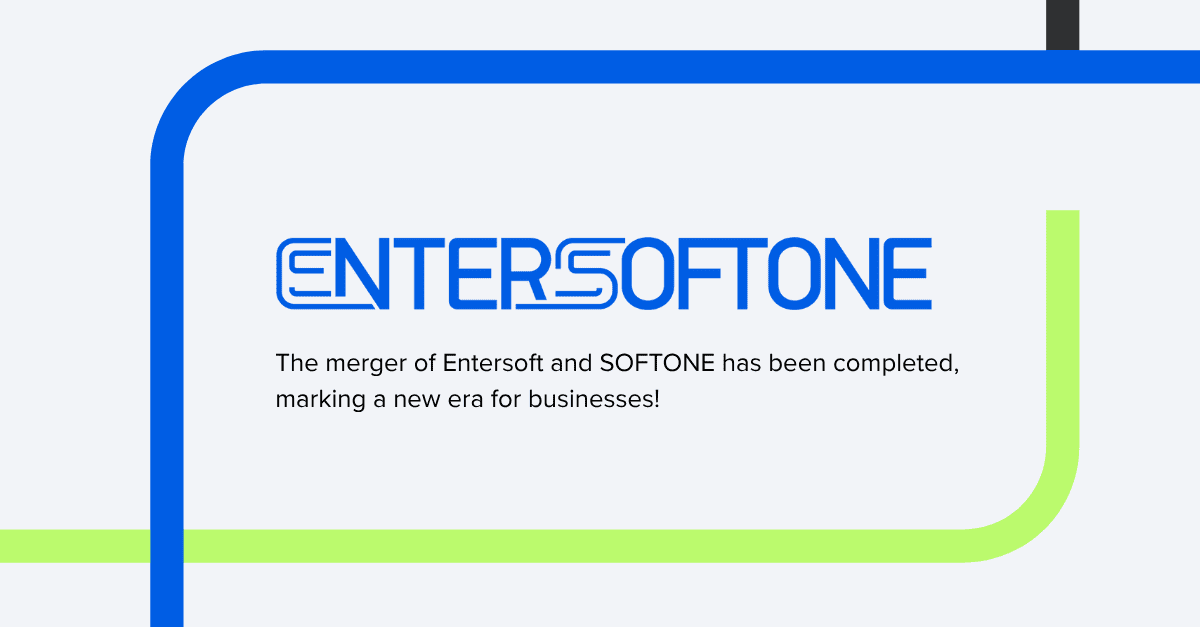Share
Read also

News & Events
ENTERSOFTONE: The merger of Entersoft and SOFTONE has been completed, creating the largest provider of business software products and services in Greece and Southeast Europe.

Mobility
Outlook for the BYOD and EM market from 2025 to 2035

Cloud
The Cloud CRM market will see impressive growth by 2033

Mobility
Key trends in Sales Force Automation
The global enterprise mobility market size exceeded USD 32.73 billion in 2022 and is expected to reach approximately USD 182.6 billion by 2030. We look at the most innovative EM trends that businesses need to adopt to fully exploit the potential and gain an advantage in their respective sectors.
Rapid developments in mobile technology continue to disrupt traditional assumptions of human interaction. While the forms of communication with other people were mainly personal, modern ones include both user-technology relations and IoT as communication channels.
Expanding BYOD
Businesses have developed sophisticated models for adapting their enterprise mobility strategy, such as BYOD. Through this trend, businesses will save money on acquisition costs by asking employees to bring their devices for use in the workplace.
With businesses constantly looking to reduce costs, incorporating BYOD is an effective strategy to engage employees while saving the costs associated with providing employees with smartphones, tablets, and laptops across the company.
BYOD models allow IT departments to install company-owned applications on employees’ devices. Thus, users retain their freedom in terms of device choice and privacy issues, while employers still retain control over corporate data and software.
5G and Wi-Fi 6 Networks
As 5G standards are widely adopted and used in realistic environments, their use will grow exponentially. 5G features high data throughput (up to 10 Gbps), low latency (1 millisecond), improved connectivity features, and up to 90% reduced energy use compared to 4G systems.
Wi-Fi 6 will also make a significant contribution to enterprise mobility trends in 2024, increasing network speed, optimizing battery usage and performance in dense office spaces.
Better and faster Internet connectivity hosts business mobility solution tools such as video conferencing platforms, cloud storage systems for file storage and online collaboration tools. Both 5G and Wi-Fi 6 promise that remote working can be achieved more efficiently, even when employees are not directly connected to a business network.
ΙοΤ
IoT refers to a networked system of interconnected computing devices, physical and digital machines, objects, or people that have unique identifiers (UIDs) and can exchange data over networks.
98% of businesses using IoT are currently extracting a huge amount of data from their processes, and utilizing it remains an obstacle. In addition, 31% fail to extract or analyze this information within corporate networks, potentially missing out on information that would enhance strategic decisions and decision-making capabilities.
Increased security
One of the main concerns related to business mobility is security. The implementation of a corporate mobility strategy increases the attack surface. It requires stricter security measures to be implemented when corporate data travels between devices, making it potentially vulnerable to breaches or unauthorized access.
Businesses use various tools to mitigate risks, from VPNs to endpoint security technologies. Mobile device management (MDM) is the traditional IT department solution for monitoring smartphone and tablet usage at work. Current enterprise EM management trends include tighter but flexible mobile application management (MAM).







